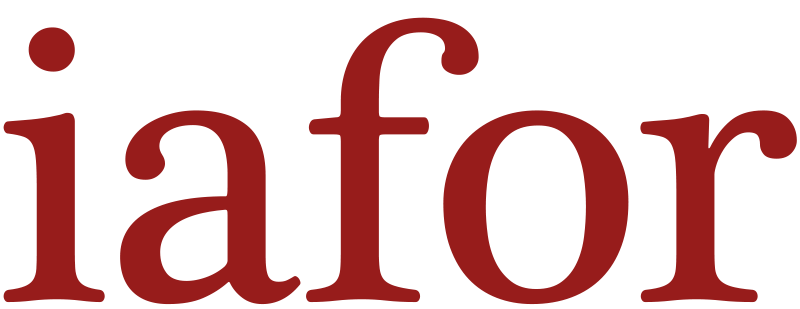Author: Nurit Buchweitz, Beit Berl College, Israel
Email: nuritb@beitberl.ac.il
Published: July 27, 2020
https://doi.org/10.22492/ijl.9.1.07
Citation: Buchweitz, N. (2020). School and Schooling, and the Boundaries of the Human in Ishiguro’s Never Let Me Go. IAFOR Journal of Literature & Librarianship, 9(1). https://doi.org/10.22492/ijl.9.1.07
Abstract
Kazuo Ishiguro’s 2005 novel Never Let Me Go presents an alternative history in which artificial reproduction is viable and human clones are mass produced. Even though they differ from other human beings only in their inception, the clones are perceived as artificial human beings, born and raised to be professional nonhumans at the service of natural humans. This article focuses on the novel’s depictions of the alterations that humans will undergo as a result of radical technological advancement. The analysis will concentrate on Ishiguro’s employment of the school as chronotope (in the sense of Bakhtin’s conceptualization). School as a concept is a quintessential humanist institution, the purpose of which is to develop the individual’s subjectivity to its full capacity. Hailsham School, however, represents the new discursive order of posthumanism that reveres technology but never considers the full extent of the ethical issues accompanying the new techniques. At Hailsham, the most advanced humanist discourse on human rights is ironically metamorphosed into a reactionary discourse of exploitation and exclusion.
Keywords
posthumanism, clones, school, chronotope, children, dystopia
